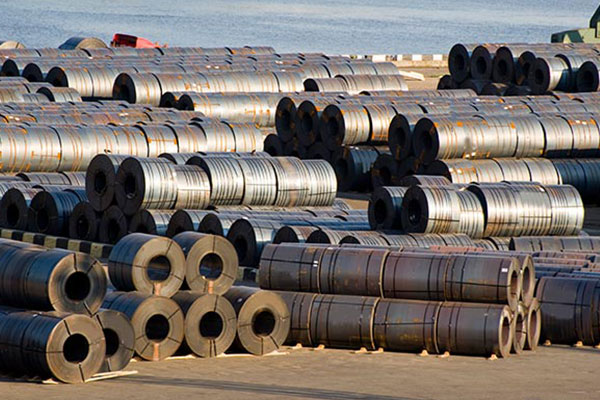In the context of the complex supply and demand structure of the global steel market, Chinas steel exports continued to be active. According to Chinas customs statistics, Chinas steel export volume reached 3502.4 million tons in the four months prior to 2024, a significant increase of 27% compared to the same year. Although exports declined in April compared to March, it grew by 16.3% compared to the same period last year, showing that Chinas steel competitiveness in the international market remains strong.

This growth was achieved under the joint influence of several factors. First, the overall growth in global steel demand provided a broader market space for Chinese steel. Especially in the context of the overall declining trend of global manufacturing PMI, China steel stands out in competition with its price advantage. Wang Qing, director of the Lange Steel Research Center, noted that despite the global manufacturing recovery momentum being suppressed, Chinas steel export orders are running in the expanding range, showing that the demand for Chinas steel is still strong on the external market.
In addition, the Chinese government’s support for steel export companies has also played an important role. For example, Chinese steel companies have a certain competitive advantage in price, which is partly due to domestic large-scale production capacity and lower production costs. According to data from the Langer Steel Research Center, China’s hot rolled plate export offerings are lower than India, Turkey and CIS countries, making Chinese products more attractive in the international market.
However, the future of China’s steel exports is not without challenges.The continued growth in global steel market supply, especially from Africa, the Middle East and the CIS countries, may put pressure on China’s steel market share.In addition, the slowdown in global manufacturing and uncertainty in the international trade environment may also affect China’s steel export prospects.
For Chinas steel industry, adapting to changes in the international market, optimizing product structure and improving quality will be key to future development.At the same time, with changes in the domestic and foreign market environment, Chinese steel companies need to continue to pay attention to international market dynamics and flexibly adjust export strategies to deal with possible market fluctuations.
From an import perspective, despite a decline in Chinas steel imports, the demand for high-end steel in the import market remains stable.This shows that despite Chinas steel manufacturing capacity significantly improved, the dependence on some high-end steels remains.


 Follow customer service WeChat
Follow customer service WeChat